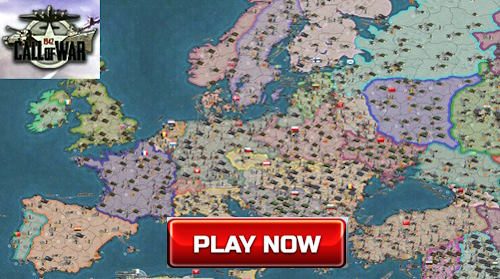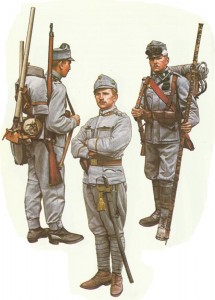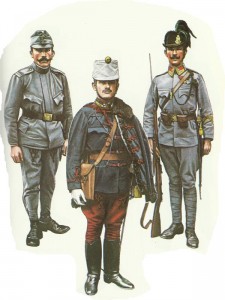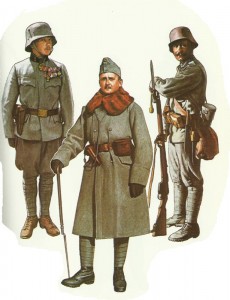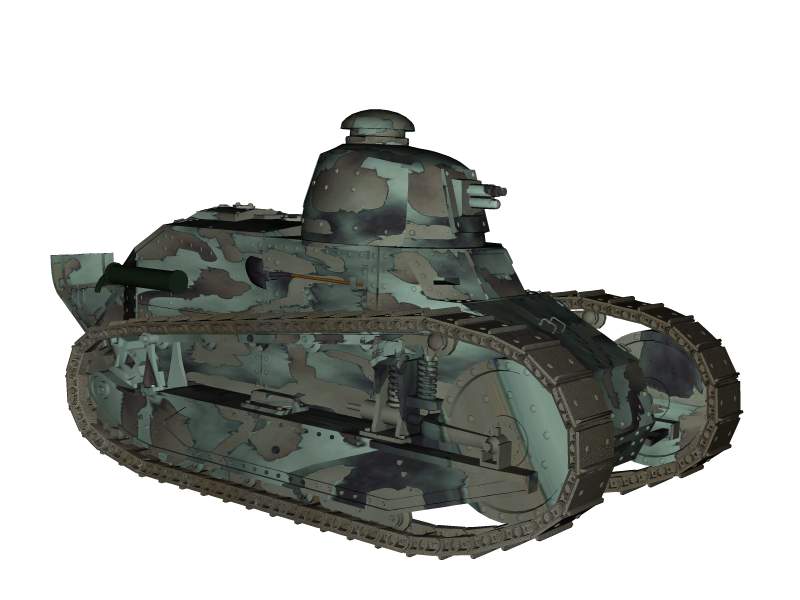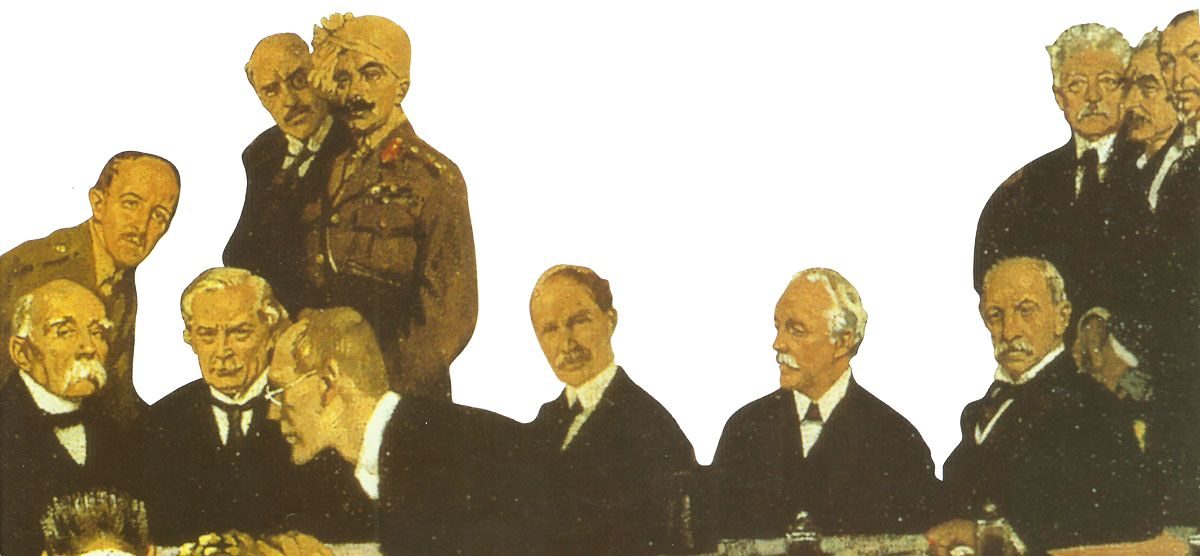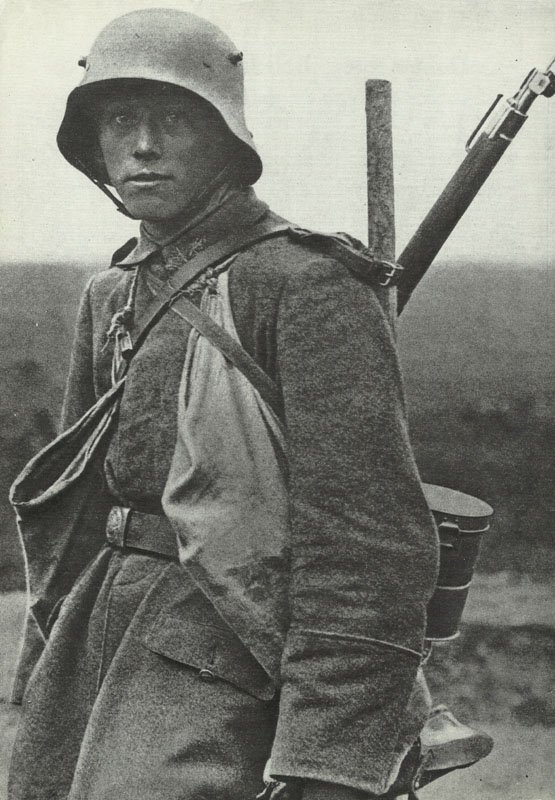The Austro-Hungarian Army in the Great War from 1914 to 1918.
Uniforms, strength, organization, military leaders, losses.
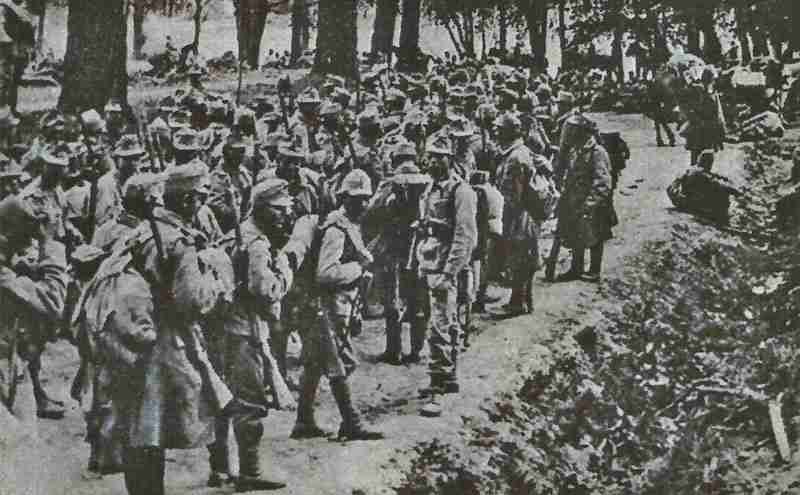
Austria-Hungary had been worsted by the French in 1859, and in 1866 trounced by Prussia. Since then the army had been reformed on the Prussian model, but not for forty-eight years tested in war.
kuk-Army in World War One
Table of Contents
The Austro-Hungarian Army, also known as the k.u.k. Army (kaiserlich und königlich, or Imperial and Royal Army), played a significant role in World War I. This multi-ethnic force faced numerous challenges, both internally and externally, that impacted its effectiveness throughout the war.
Overview
The Austro-Hungarian Army was a complex and diverse military force, reflecting the multi-ethnic composition of the Austro-Hungarian Empire. It consisted of soldiers from various ethnic groups, including Germans, Hungarians, Czechs, Slovaks, Poles, Ukrainians, Croats, Serbs, Romanians, and Italians. This diversity often led to communication issues and differences in loyalty and morale among the troops.
The army was divided into three main components:
1. Common Army (‘Gemeinsame Armee’): The main body of the military, comprising soldiers from all parts of the empire.
2. Austrian Landwehr: The Austrian territorial forces.
3. Hungarian Honvéd: The Hungarian territorial forces.
The army’s diversity was both a strength and a weakness. While it provided a vast pool of manpower, the different languages and cultures often caused coordination problems and affected unit cohesion.
The Austro-Hungarian Empire’s infrastructure was less developed compared to Western European powers. This made the supply and movement of troops and equipment more challenging, particularly on the Eastern Front and in the mountainous regions of the Italian Front.
Outdated Equipment: At the war’s onset, the Austro-Hungarian Army was not as well-equipped as its adversaries. Although efforts were made to modernize, the army often found itself outmatched in terms of artillery, machine guns, and other critical equipment.
Leadership in the Austro-Hungarian Army varied greatly in quality. Some commanders were highly competent, while others were less effective, which led to inconsistent performance on the battlefield.
Major Campaigns
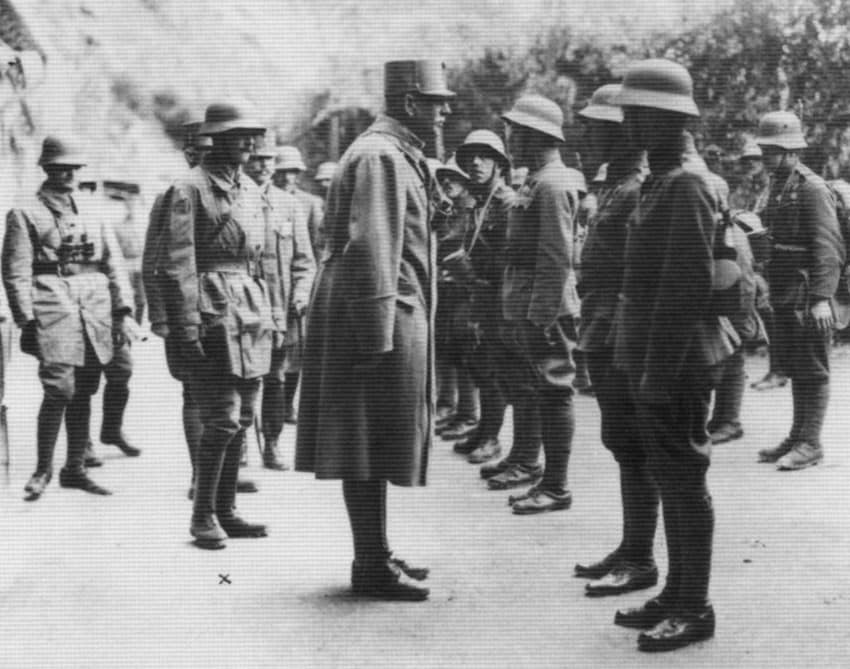
Eastern Front: The Austro-Hungarian Army initially faced significant setbacks against the Russians. Battles like those at Galicia and the Carpathian Mountains were costly. However, they eventually stabilized their front with the help of German forces.
Italian Front: This front saw some of the most brutal and static trench warfare, similar to the Western Front. The Battles of the Isonzo River, fought against Italy, resulted in heavy casualties and little territorial gain. The Battle of Caporetto (1917) was a notable victory for the Central Powers, with Austro-Hungarian and German forces inflicting a significant defeat on the Italians.
Balkan Campaigns: The Austro-Hungarian Army was involved in campaigns in the Balkans, including the invasion of Serbia. Initial failures were followed by eventual successes, particularly when combined with German and Bulgarian forces.
By 1918, the Austro-Hungarian Empire was crumbling due to internal political strife, economic hardships, and military exhaustion. The various ethnic groups within the empire were increasingly pushing for independence, which further weakened the army’s cohesion. The defeat of the Central Powers on other fronts also contributed to the empire’s disintegration. The Austro-Hungarian Army ultimately dissolved along with the empire, leading to the establishment of several independent nation-states in Central and Eastern Europe.
The Austro-Hungarian Army’s experience in World War I highlights the complexities of managing a multi-ethnic military force within a declining empire. Its initial struggles and eventual disintegration reflect the broader issues faced by the Austro-Hungarian Empire during the war, illustrating the difficulties of maintaining a cohesive and effective fighting force under such conditions.
The Austro-Hungarian Army in 1914
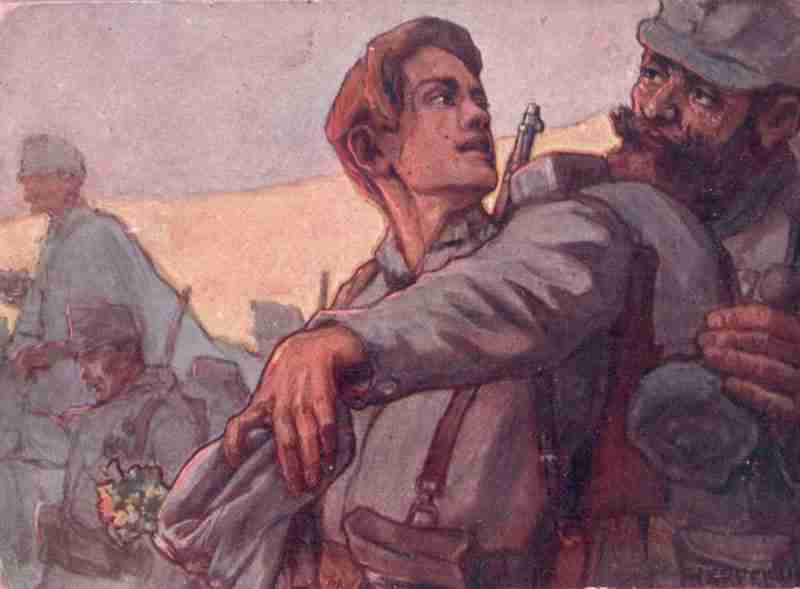
At the beginning of 1914 the peace strength of the Austro-Hungarian army was some 450,000. On mobilization, it rose to over 3,000,000, of which some 1,800,000 formed the field army of six armies, in all sixteen army corps – mostly of three divisions, some reserve divisions – and eleven cavalry divisions.
General Conrad von Hötzendorf, chief of general staff, sixty-two, a cavalryman, hard-working, spartan, a writer on tactics and training, was, like Foch, a firm apostle of the offensive. His recipe for victory against Russia was an early attack before the vast manpower of the enemy could be brought into action, but that plan was now seriously compromised by partial mobilization. Conrad would command the northern armies, General Potiorek, another spartan, keen, vain, incompetent, with powerful court connections, responsible for the muddle that had given the Sarajevo assassins their chance, would command against Serbia.
Conrad von Hötzendorf
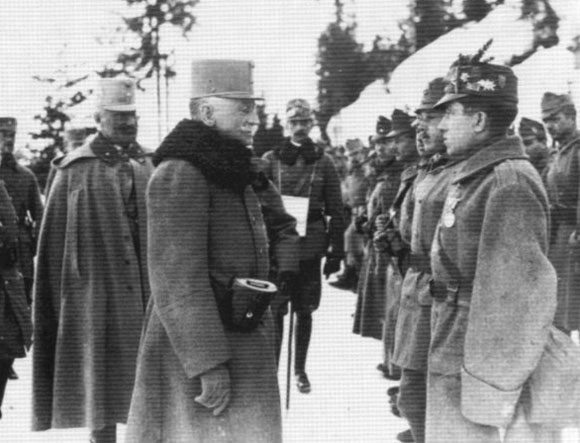
Franz Conrad von Hötzendorf (1852–1925) was an Austrian general and Chief of the General Staff of the Austro-Hungarian Army before and during much of World War I. He played a key role in shaping the military policies of the Austro-Hungarian Empire in the years leading up to and during the war.
Early Life and Career:
– Born on November 11, 1852, in Penzing, near Vienna.
– Entered military service and rose through the ranks due to his strategic acumen.
– Known for his aggressive military thinking and strong nationalist views, particularly favoring the expansion of the Austro-Hungarian Empire.
Role as Chief of the General Staff:
– Appointed Chief of the General Staff in 1906, a position he held until 1917.
– Advocated for a preemptive war against Serbia and later against Russia, believing that the empire needed to assert itself militarily to survive.
– Instrumental in planning the mobilization and initial military campaigns of Austria-Hungary during World War I.
– Supported the alliance with Germany and coordinated closely with German military leadership.
Military Strategy and Influence:
– Known for his emphasis on offensive operations, often pushing for aggressive campaigns despite logistical and strategic challenges.
– His plans sometimes underestimated the strength and resilience of Austria-Hungary’s enemies, leading to costly battles.
– His tenure saw mixed military outcomes, with early setbacks in the Balkans and on the Eastern Front.
Later Years and Legacy:
– Relieved of his post in 1917 after a series of military failures and political disagreements.
– Retired from active service and lived until 1925.
– Remembered as a controversial figure: admired for his dedication and strategic vision but criticized for his overambitious plans and the heavy human cost of his campaigns.
Conrad von Hötzendorf remains a significant figure in the study of World War I and Austro-Hungarian military history, exemplifying the complexities and challenges faced by the empire during a turbulent period.
- Soldiers available on mobilization = 3,000,000+
- Army strength during the war = 8,322,000
- KIA Military = 1,200,000
- Wounded Military = 3,620,000
- Civilian losses (Serbia and Austria together) = 1,000,000
References and literature
History of World War I (AJP Taylos, S.L. Mayer)
Army Uniforms of World War I (Andrew Mollo, Pierre Turner)


